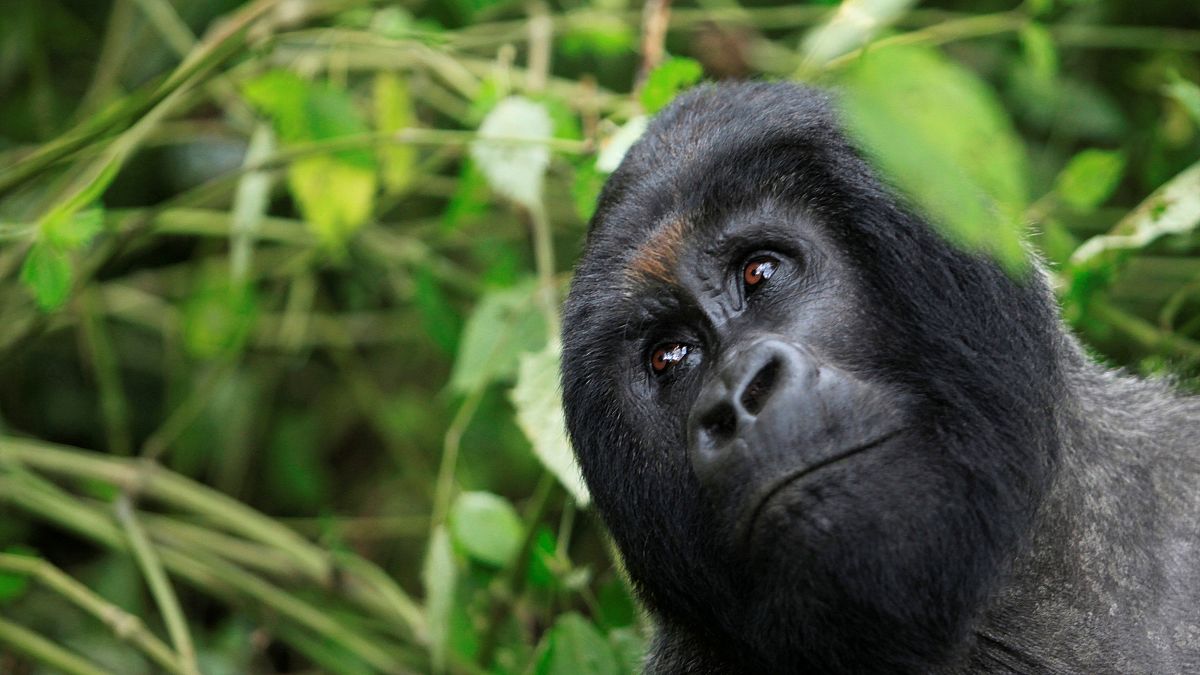The mountain gorilla has now been declared by conservationists as not critically endangered.
After facing near-extinction, the numbers of mountain gorillas are steadily on the rise.
The Switzerland-based International Union for Conservation of Nature updated mountain gorillas’ status on Wednesday from “critically endangered” to “endangered,” a more confident, if still unpredictable, designation.
There are currently over 1,000 of these rare animals in the wild, up from an average population of 680, 10 years ago.
“In the context of crashing populations of wildlife around the world, this is a remarkable conservation success,” said Tara Stoinski, president and chief scientist of the Dian Fossey Gorilla Fund.
The US charity is named after the primate researcher whose research helped bring international attention to mountain gorillas and whose journal became the basis for the 1988 Sigourney Weaver film “Gorillas in the Mist.”
“This is a beacon of hope — and it’s happened in recently war-torn and still very poor countries,” said Stoinski, who is also a member of the IUCN’s primate specialist group, which recommended the status change.
Mountain gorillas live in lush and misty forests along a range of dormant volcanoes in east Africa. Their habitat falls inside national parks spanning parts of Rwanda, Uganda and the Democratic Republic of the Congo.
Fossey, who died in 1985, had estimated that the primates may be extinct by 2000.
Instead, their populations have been steadily rising due to well-funded and sustained conservation efforts globally.
“We have made progress in terms of their protection, in terms of allowing an environment where mountain gorillas can continue to thrive and grow,” said Anna Behm Masozera, director of the International Gorilla Conservation Program, based in Kigali, Rwanda.
“But it’s important to note that mountain gorillas’ numbers could still slip back very quickly. We still have just two fragile and small populations,” split between two national park areas.
Many factors have contributed to the mountain gorillas’ modest come back, said Masozera.
The three governments have upped the enforcement of national park boundaries — areas where hunting, logging, and paved roads are illegal.
Tourism is a benefit as well, as visitors pay up to $1,500 ( €1,324) an hour to observe gorillas, which is money that assists with support for park rangers.
“Primate ecotourism, done right, can be a really significant force for funding conservation,” said Russ Mittermeier, chief conservation officer at Global Wildlife Conservation.
“It gives local governments and communities a tangible economic incentive to protect these habitats and species.”
There’s also health care. Gorilla Doctors, a non-profit group, has trained veterinary staff in each of the countries where the mountain gorillas.
Hunting in the national parks is illegal, however, local nearby residents still set traps to catch other animals, such as antelopes. Those traps can also grab gorillas’ arms and legs.
When gorillas are found challenged by snares, the vets are brought to clean wounds.
Kirsten Gilardi, US director for the organisation, said it is “extreme conservation.”
Other experts praised the addition of the emergency vet volunteers and said they play an important role in maintaining mountain gorilla populations.
“It’s a total conservation win, and there aren’t that many of them,” said Gilardi.
The IUCN also announced on Wednesday that bans on commercial whaling in the North Pacific Ocean and elsewhere had allowed some whale populations to make a comeback.
The fin whale’s status was updated from “endangered” to “vulnerable,” a less critical designation.
